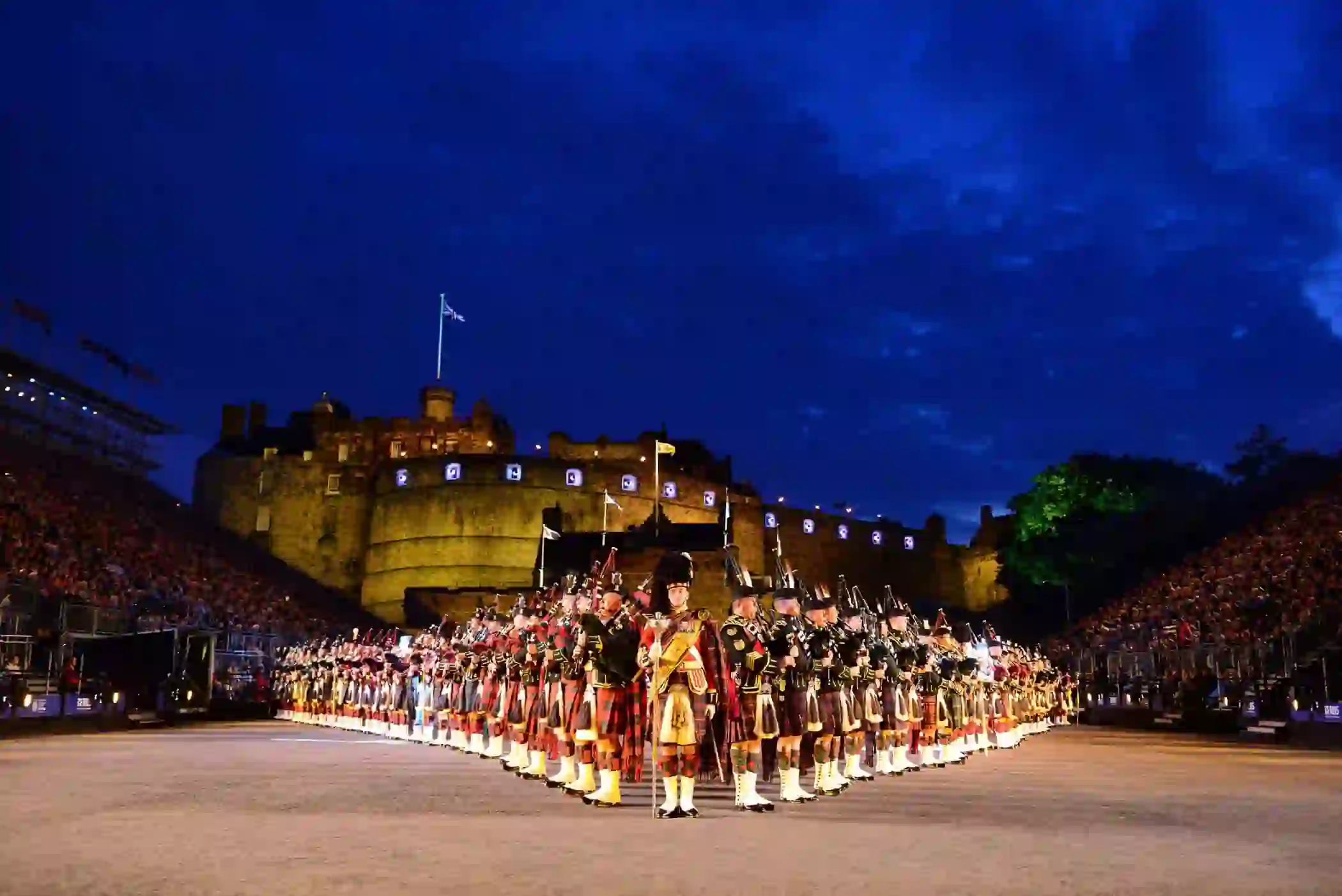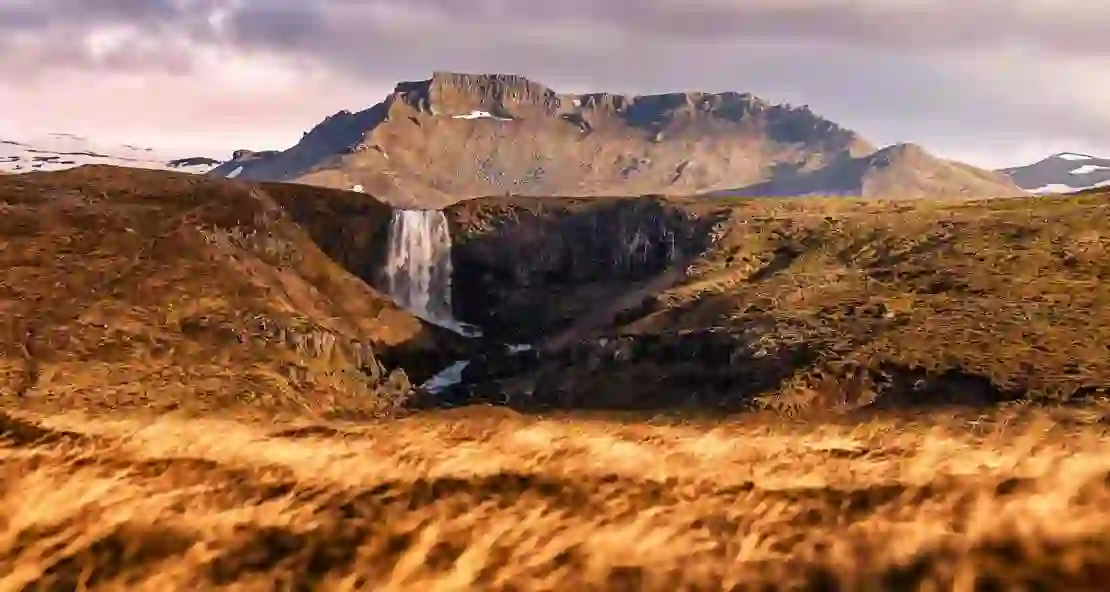
Where travel stories begin
Our curated edit of the world's most beautiful destinations, travel tips, and inspiration.
Recent Articles
Who doesn’t like new things?Celebrating 75 years - Our top five reasons to experience The Edinburgh Tattoo in 2025
Celebrate the best of British culture and experience the pomp and pageantry of the Royal Edinburgh Military Tattoo's landmark 75th anniversary show.
Inside our itineraries Q&A Series: Get to know New Zealand
Get the inside track on the Land of the Long White Cloud with expert knowledge from our veteran New Zealand tour manager, Henry.
No-sweat summer breaks: Our top five holiday hotspots in cooler climates
Make the most of the summer sun without feeling the heat on a trip to some of Europe’s finest mild-weather destinations.
Editor's Pick
Iceland in the summer: 6 must-visit locations and things to do
With whale-watching, brewery tours, and surging waterfalls, a summer adventure in the land of fire and ice is sure to be an unforgettable holiday.
The best time of year for each cruise destination
From the stunning islands of the Inner Hebrides to Norway’s longest - and deepest - fjord. We know exactly when you should travel!
Our guide to the best tours by season
Every season offers something distinctly unique, from refreshing spring to those cosy winter evenings.





